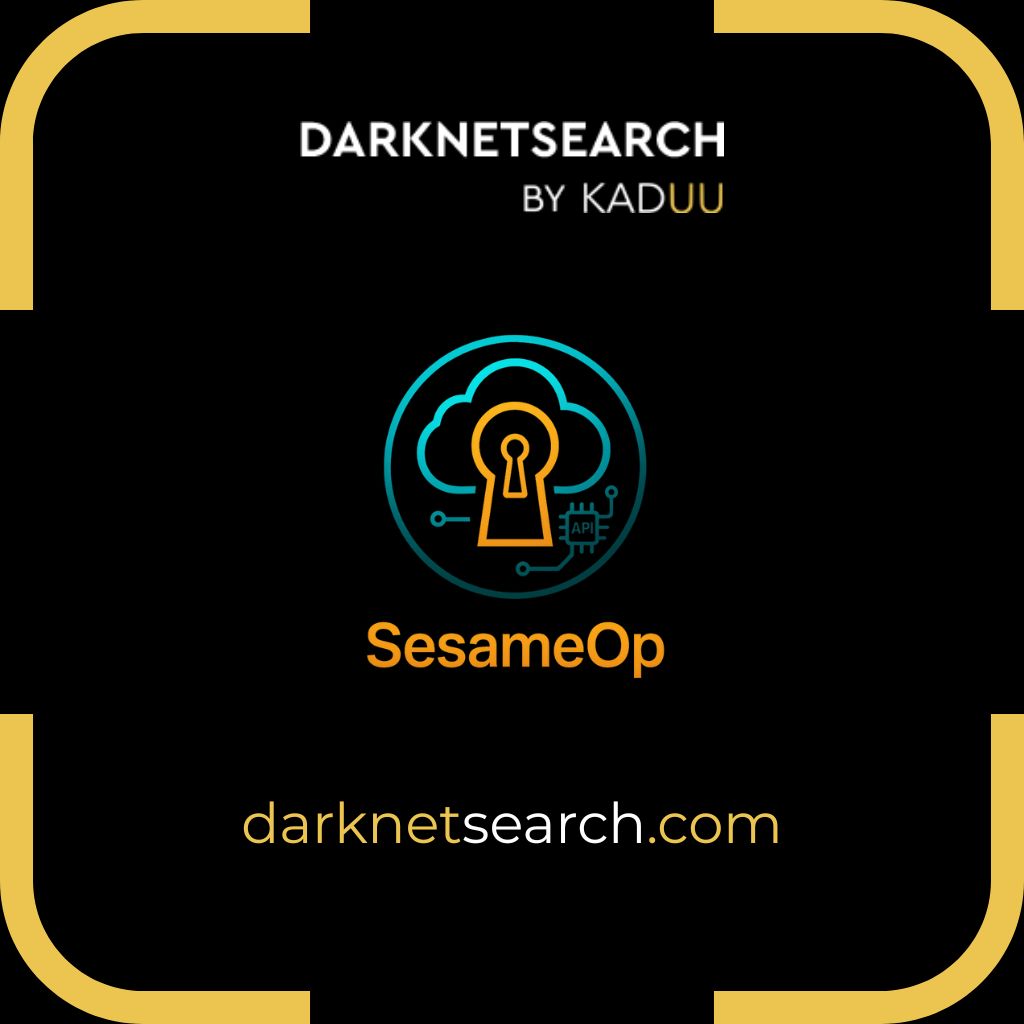➤Summary
The rise of AI-powered cyberattacks has taken a chilling new turn with the discovery of the SesameOp backdoor, a novel malware leveraging the OpenAI Assistants API for command and control (C2) operations 😱. This innovative yet alarming technique marks a major milestone in the evolution of malware development, demonstrating how threat actors can exploit advanced AI models for covert communication.
According to Microsoft’s official report and a detailed analysis by Hackread, SesameOp backdoor is not just another cyber threat—it’s a sophisticated operation that could reshape the future of cybersecurity and AI ethics. In this in-depth guide, we’ll uncover what makes SesameOp so dangerous, how it functions, and what you can do to protect your systems from similar AI-enabled threats.
The Emergence of the SesameOp Backdoor
The SesameOp backdoor first caught threat intelligence analysts attention when unusual data traffic was detected flowing between compromised endpoints and legitimate AI APIs. Unlike traditional C2 methods, which rely on hidden servers or encrypted chat channels, this backdoor utilized the OpenAI Assistants API to relay attacker commands through legitimate AI interactions. 🧠
This clever use of a trusted AI platform allowed the malware to hide in plain sight, bypassing most endpoint protection and network monitoring tools. Microsoft’s threat intelligence team categorized the campaign as one of the first known examples of AI-assisted malware orchestration—a technique that could redefine future threat models.
The primary keyword “SesameOp backdoor” describes a cyber operation where attackers used AI models as proxies for controlling infected systems. The secondary keyword “OpenAI Assistants API” emphasizes the unusual C2 infrastructure used, while the long-tail keyword “novel malware using AI command and control” highlights its unique operational nature.
How SesameOp Uses the OpenAI Assistants API for Command and Control
Unlike typical backdoors that contact a predefined C2 server, SesameOp disguises its communication inside normal API queries. By embedding malicious instructions within legitimate-looking AI prompts, the attacker can issue commands such as data exfiltration, persistence creation, or remote code execution without triggering alarms.
Here’s a simplified breakdown of how it works:
- Infection Stage – The malware gains initial access through phishing or exploiting unpatched vulnerabilities.
- Registration Stage – The infected device “registers” by sending encrypted identifiers to the attacker’s custom model through the OpenAI Assistants API.
- Command Retrieval – Instead of reaching out to malicious domains, the malware queries the API for responses that actually contain embedded operational commands.
- Execution and Reporting – The device executes the received command and uses the same API to report back the result.
This method allows attackers to blend malicious communication into normal AI traffic, effectively bypassing many modern security solutions. 🕵️♂️
Why the SesameOp Backdoor Is So Dangerous
The real danger of SesameOp lies in its plausible deniability and legitimate infrastructure use. Because the OpenAI Assistants API is a trusted platform used by millions of developers worldwide, it becomes nearly impossible for automated systems to distinguish between legitimate and malicious use.
Moreover, this approach:
- Eliminates the need for dedicated C2 servers.
- Makes traditional blacklisting useless.
- Exploits AI platforms’ encryption and security mechanisms against defenders.
Cybersecurity researchers fear this could lead to a new generation of AI-powered malware that uses generative models to not only execute commands but also write or evolve malicious code autonomously.
A Microsoft spokesperson noted, “The SesameOp backdoor represents a critical inflection point in how adversaries leverage AI services. Defenders must now consider AI APIs as potential threat vectors.”
Practical Tip: How to Detect and Prevent SesameOp-Like Threats
Organizations should not panic—but prepare. Here’s a checklist 🧾 for defenders:
- ✅ Monitor outbound API traffic, especially to AI service domains.
- ✅ Implement zero-trust access for developer tools.
- ✅ Use behavioral detection over signature-based methods.
- ✅ Regularly update endpoint protection and AI-related plugins.
- ✅ Train teams on AI threat awareness.
For more practical threat intelligence, visit DarknetSearch for deeper insights into emerging malware campaigns.
Expert Insights on AI-Driven Malware
Cybersecurity expert Dr. Lina Ortega explained, “AI models are double-edged swords. When integrated responsibly, they enhance security and productivity. But when abused—like in the SesameOp backdoor—they become tools for stealth and automation.”
This expert statement underscores the growing AI threat landscape, where adversarial AI, prompt injection attacks, and malicious model use converge to create new challenges for both enterprises and individuals.
For SOC Analysts on the frontlines, these threats demand faster triage, deeper context, and smarter workflows to stay ahead of AI-powered adversaries.
The Role of Responsible AI Governance
OpenAI, Microsoft, and other AI leaders have already taken steps to strengthen API abuse prevention mechanisms. These include monitoring suspicious activity, restricting prompt lengths, and enforcing stricter developer verification.
However, as the SesameOp backdoor proves, AI governance must evolve faster than adversarial innovation. Governments and companies are now collaborating on frameworks to ensure ethical AI deployment, balancing innovation and security.
Lessons Learned from the SesameOp Campaign
The SesameOp incident provides several key takeaways for cybersecurity professionals:
- AI services can be exploited as C2 infrastructure.
- Traditional threat intelligence may miss such hidden channels.
- Cross-industry collaboration is essential for rapid response.
- User awareness about AI integration risks must improve.
As with previous major threats like SolarWinds or Hafnium, SesameOp shows that attackers continuously evolve, and defenders must adapt quickly.
Related Topics: AI Security and Threat Intelligence
If you’re exploring more about AI-driven threats, we recommend visiting Darknet Search for detailed research on topics such as malicious LLM use, prompt-based exploits, and automated data exfiltration through APIs.
Additionally, the Hackread report provides a technical breakdown of SesameOp’s internal modules and infection chains—essential reading for security researchers and SOC analysts.
The Broader Impact on Cybersecurity 🧩
The SesameOp backdoor marks a new chapter in AI cybersecurity, one where the lines between legitimate and malicious AI use blur. The malware’s ability to operate invisibly within API queries signifies a turning point for defenders, pushing them to think beyond traditional boundaries.
Future threats could combine machine learning, self-modifying prompts, and autonomous decision-making, resulting in AI malware that’s capable of adapting to its environment in real time.
So, what’s next? Expect a surge in AI monitoring tools, API firewalls, and adaptive threat intelligence platforms designed specifically to detect and neutralize AI-assisted attacks.
Frequently Asked Question 🤔
How can organizations identify AI-based command and control traffic like SesameOp?
Detection requires anomaly-based monitoring, where security systems learn the baseline behavior of API traffic and flag deviations. Integrating AI behavioral analytics with endpoint protection can significantly increase detection rates of such stealthy backdoors.
Future Outlook: AI in the Hands of Attackers and Defenders
While SesameOp demonstrates the potential misuse of AI, it also opens discussions about AI for defensive automation. By using similar technologies, defenders can automate threat detection, classify malicious behaviors faster, and deploy countermeasures in real time ⚙️.
The battle between AI-driven attackers and defenders will define the next decade of cybersecurity innovation. As long as AI continues to evolve, so will the creativity of those seeking to exploit it.
Conclusion
The SesameOp backdoor is more than just another malware—it’s a wake-up call 🚨 for cybersecurity teams worldwide. By exploiting the OpenAI Assistants API, attackers have showcased how AI-powered command and control can bypass traditional security perimeters.
To stay safe, organizations must enhance API visibility, strengthen AI governance, and adopt behavioral analytics to detect anomalies hidden within trusted platforms.
🔒 Discover much more in our complete guide on DarknetSearch.com
🚀 Request a demo NOW and see how AI-powered defenses can protect your systems from emerging threats.
Your data might already be exposed. Most companies find out too late. Let ’s change that. Trusted by 100+ security teams.
🚀Ask for a demo NOW →Q: What is dark web monitoring?
A: Dark web monitoring is the process of tracking your organization’s data on hidden networks to detect leaked or stolen information such as passwords, credentials, or sensitive files shared by cybercriminals.
Q: How does dark web monitoring work?
A: Dark web monitoring works by scanning hidden sites and forums in real time to detect mentions of your data, credentials, or company information before cybercriminals can exploit them.
Q: Why use dark web monitoring?
A: Because it alerts you early when your data appears on the dark web, helping prevent breaches, fraud, and reputational damage before they escalate.
Q: Who needs dark web monitoring services?
A: MSSP and any organization that handles sensitive data, valuable assets, or customer information from small businesses to large enterprises benefits from dark web monitoring.
Q: What does it mean if your information is on the dark web?
A: It means your personal or company data has been exposed or stolen and could be used for fraud, identity theft, or unauthorized access immediate action is needed to protect yourselfsssss.

